What to Know About the Potential New Stimulus Checks
- Randyb Dinwiddie
- 9 minutes ago
- 4 min read
If you've been seeing headlines about new stimulus checks coming in 2025 or 2026, you're not alone. Social media and news outlets have been buzzing with talk of potential payments to Americans. But what's actually real, and what's just speculation? Let's break down the facts so you can separate truth from hype.
The Current Reality: No New Checks Approved Yet
Here's the straight truth: no new federal stimulus checks have been approved as of late November 2025. The last stimulus payments Americans received were distributed in 2021 as part of the American Rescue Plan Act. Despite what you might see circulating online, no government agency is currently processing or preparing to send out stimulus checks.
However, there is a proposal worth understanding that could become reality under certain conditions.
What's Actually Been Proposed
President Trump has put forward a plan for what he calls "tariff dividend" checks - $2,000 payments to American taxpayers. The key difference between these and previous stimulus checks is the funding source. Instead of being paid for through federal spending packages, these proposed payments would be funded by revenue collected from tariffs on imported goods.
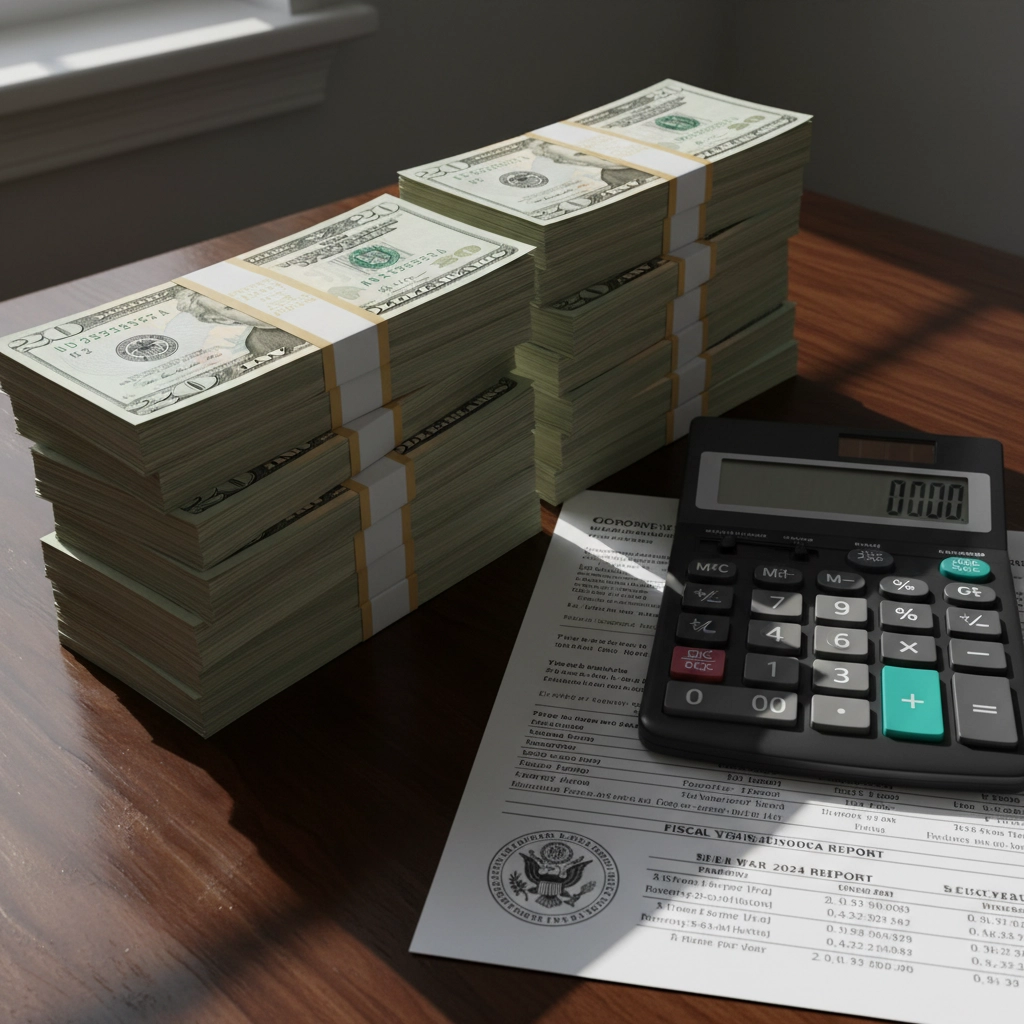
The concept is relatively straightforward: as the government collects more money from import tariffs, a portion of that revenue would be distributed directly back to taxpayers as dividend payments. Think of it like shareholders receiving dividends from a company's profits.
Timeline and What Needs to Happen
Trump announced on November 17, 2025, that if approved, these $2,000 checks would begin distribution around mid-2026. But there's a big "if" here.
For these payments to actually happen, Congress must pass new legislation authorizing them. Treasury Secretary Scott Bessent has confirmed that brand new laws would need to be written and approved before any checks could be issued. This isn't something the executive branch can simply decide to do on its own.
Who Would Be Eligible
The proposed payments would target low to middle-income earners, though exact income limits are still being discussed. Treasury Secretary Bessent has suggested excluding households that earn over $100,000 annually, but these details remain preliminary and could change during the legislative process.
There's also an alternative proposal from Missouri Republican Senator Josh Hawley called the American Workerate Act. This bill would provide at least $600 per adult and dependent child, meaning a family of four could receive a minimum of $2,400. The amount could be even higher if tariff revenues exceed initial projections.
Hawley's bill was sent to a Senate committee in August 2025 but hasn't moved forward since then.

The Big Financial Challenges
While the idea might sound appealing, there are significant financial obstacles that make implementation uncertain:
The Math Doesn't Add Up: Distributing $2,000 checks to Americans earning $100,000 or less would cost over $300 billion, even with income restrictions. Current and projected tariff revenues fall far short of this amount. The Committee for a Federal Budget estimates that Trump's proposal would require roughly double the revenue the U.S. expects to generate from new import tariffs.
Deficit Concerns: Using tariff revenue for dividend checks means that money can't be used to reduce the federal deficit. This could actually increase government debt rather than helping to pay it down.
Inflation Risks: Large-scale stimulus payments have historically contributed to inflation. Given that controlling inflation has been a major economic focus, issuing hundreds of billions in new payments could work against price stability goals.
Congressional and Legal Hurdles
Even if the funding challenges were solved, significant political obstacles remain. Congress hasn't shown strong enthusiasm for approving such payments, with many lawmakers expressing concerns about costs and economic impacts.
Additionally, the entire premise depends on tariff revenues that may not be guaranteed. The Supreme Court is expected to rule on the legality of Trump's tariff policies in the coming months, which could affect the foundation of the entire proposal.
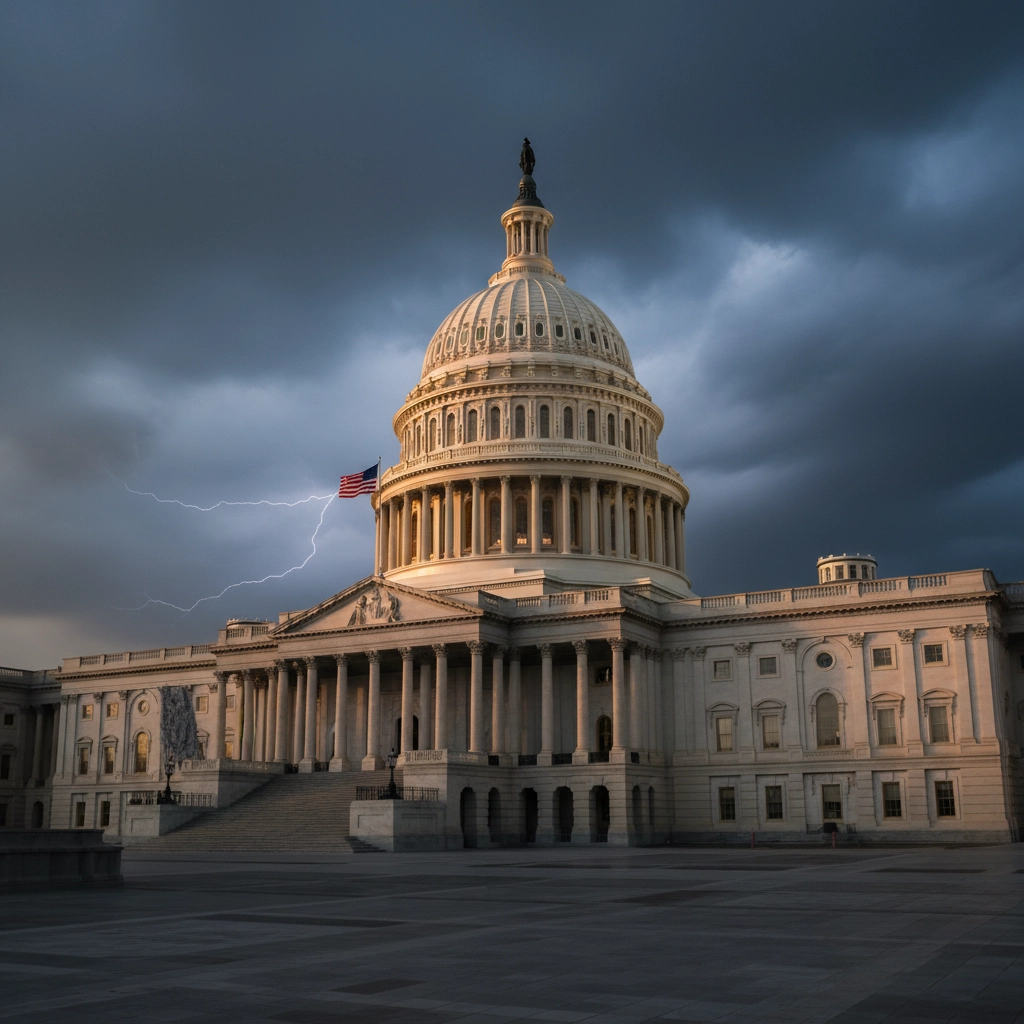
How to Spot Stimulus Check Scams
With all this talk about potential payments, scammers are taking advantage of public interest. Here's how to protect yourself:
Red Flags to Watch For:
Claims that checks are being sent out immediately
Requests for personal information, bank details, or Social Security numbers
Promises of "guaranteed" payments
Links asking you to "claim" your stimulus money
Phone calls claiming to be from the IRS or Treasury Department
Remember: If real stimulus checks are ever approved, you won't need to apply for them or provide personal information to receive them. The IRS will use information from your tax returns to determine eligibility and send payments automatically.
What This Means for Your Financial Planning
Given the uncertainty around these proposed payments, it's wise not to count on them for your financial planning. The combination of legislative hurdles, funding challenges, and economic concerns makes it unclear whether any version of these checks will actually be distributed.
Instead, focus on financial strategies you can control, like building an emergency fund, paying down debt, or exploring additional income opportunities through legitimate channels.
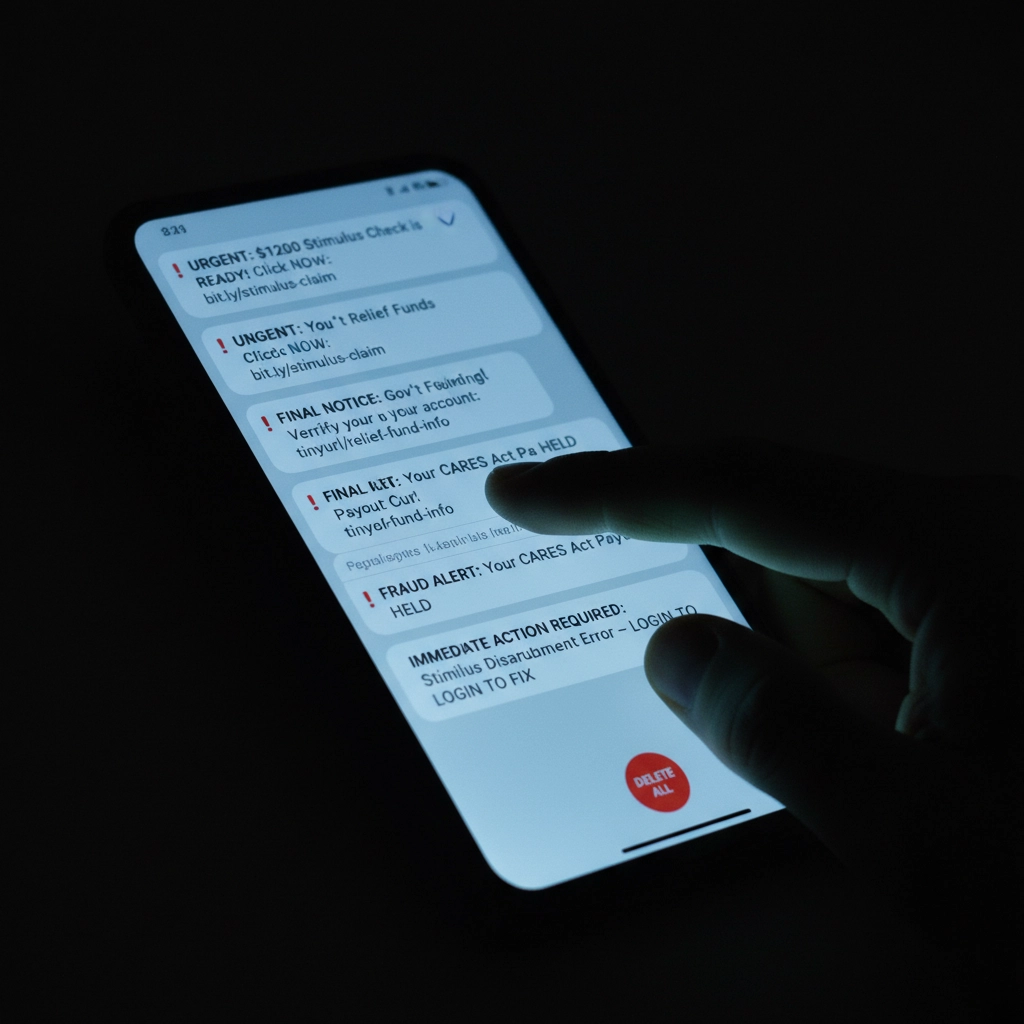
Staying Informed with Reliable Sources
For accurate, up-to-date information about any potential stimulus payments, stick to official government sources:
IRS.gov for tax-related updates
Treasury.gov for federal financial policies
Your representatives' official websites for legislative updates
Avoid getting news from social media posts, forwarded emails, or unofficial websites that might spread misinformation or scams.
Frequently Asked Questions
Q: Are stimulus checks being sent out right now? A: No. No new stimulus checks have been approved or are being distributed as of November 2025.
Q: When might tariff dividend checks actually be available? A: If approved by Congress, the earliest timeline suggested is mid-2026, but this is far from guaranteed.
Q: Do I need to apply for these potential payments? A: No. Like previous stimulus checks, if approved, these would be distributed automatically based on tax return information.
Q: What's the difference between stimulus checks and tariff dividends? A: Traditional stimulus checks were funded through government spending packages. Tariff dividends would be funded through revenue collected from import tariffs.
Q: Should I change my financial plans based on these proposals? A: No. Given the uncertainty, it's best to base your financial decisions on income and benefits you can count on.
The bottom line: while the idea of $2,000 tariff dividend checks has been proposed, significant hurdles remain before any such payments could become reality. Stay informed through official channels, avoid scams, and don't let speculation drive your financial decisions.
Article by Marcus Chen, Staff Writer for Amerishop Services


























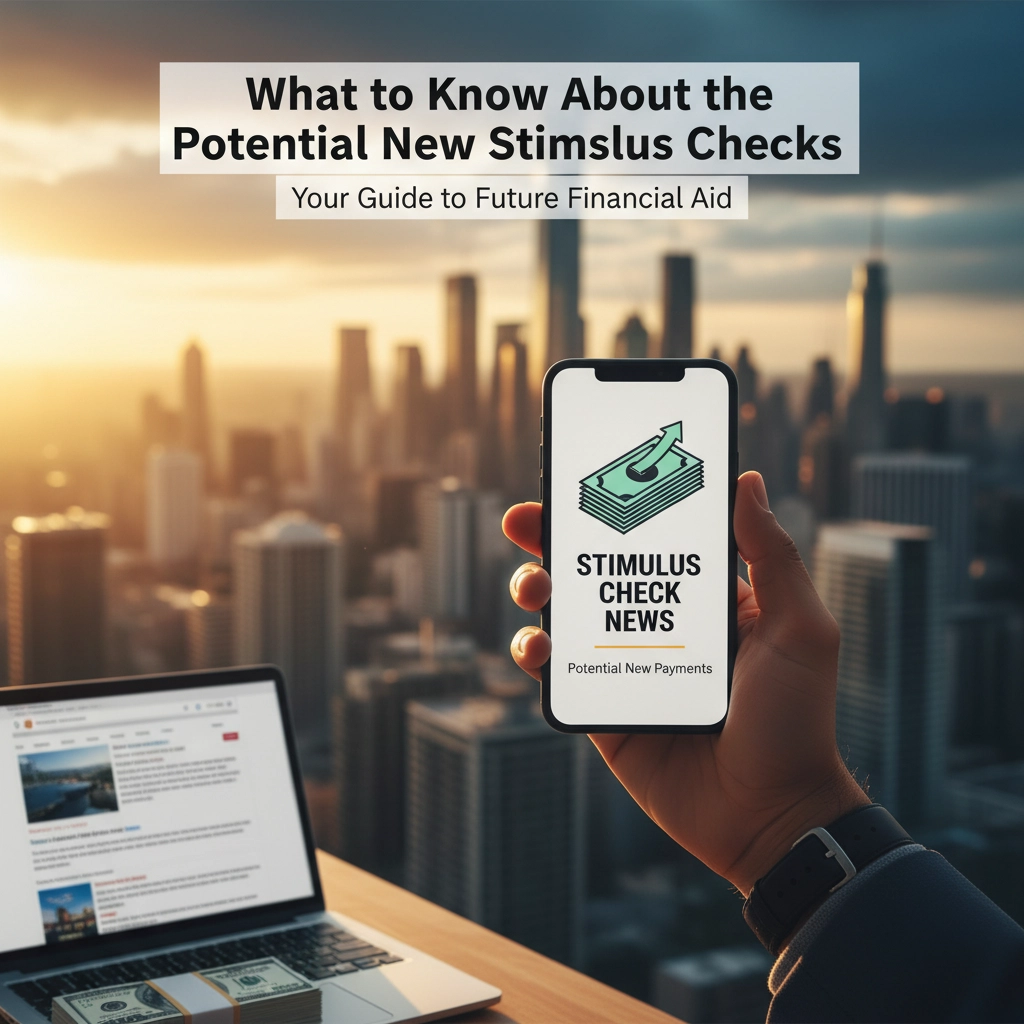


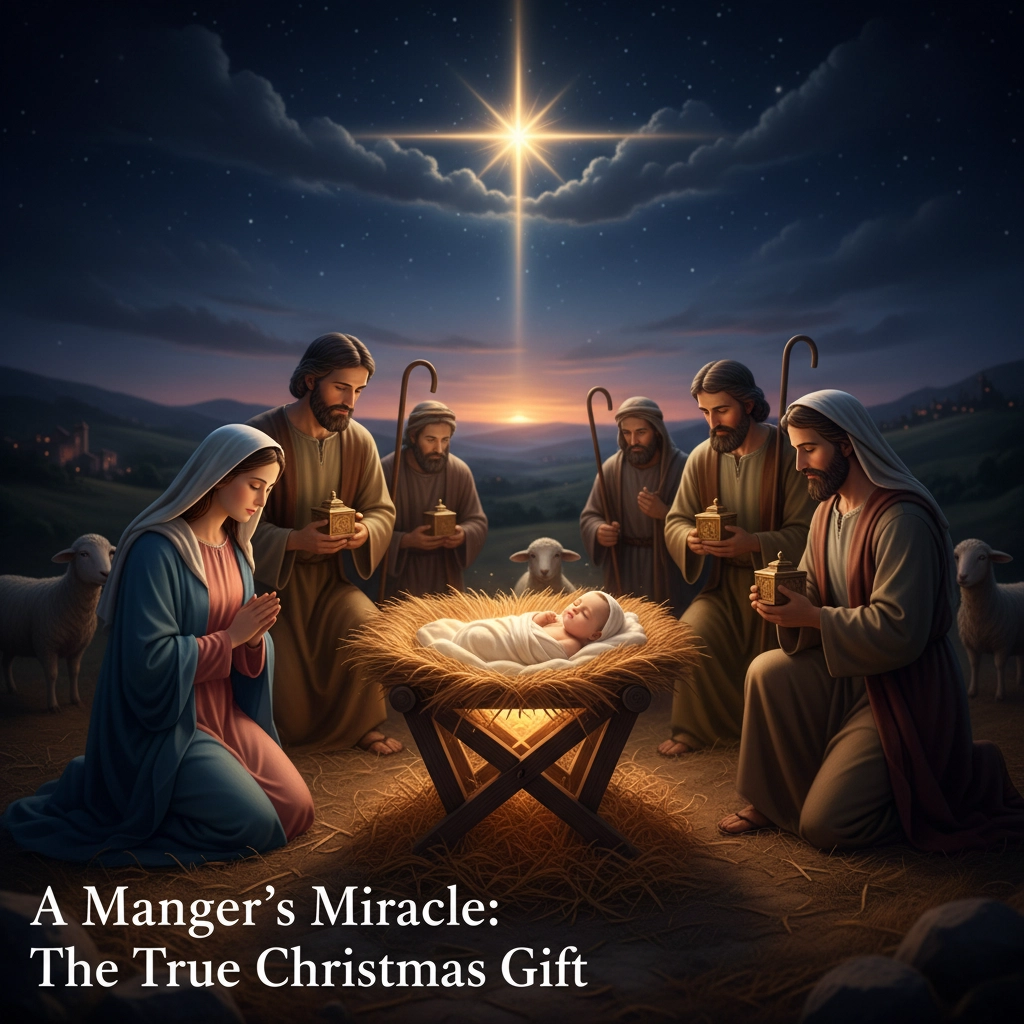













Comments